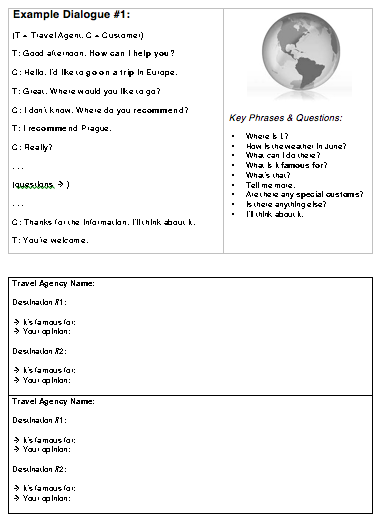

Step 7: Reenact – New interpretations of roles are shared and new possibilities for causes and effects are explored in this step.Step 6: Discuss and Evaluate – In this step, the action of the role playing is reviewed, the focus is discussed, and the next enactment is developed.Step 5: Enact – The players assume the roles and spontaneously “live” the situation from beginning to end of the situation.For example, the observers could evaluate the realism of the role playing, respond to the effectiveness and sequences of the role players’ behavior, and define the feeling and ways of thinking of the persons being portrayed. Step 4: Prepare the observers – To make sure that the whole group stays involved the teacher is encouraged to assign them tasks.Step 3: Set the stage – A line of action and the setting are established and the roles are restated.The teacher should not assign roles based on student suggestion, however, as that could put a student in an uncomfortable situation or stereotype the student. Step 2: Select participants – In this step, the characters and their characteristics are identified and students volunteer or the teacher assigns the roles.Step 1: Warm up the group – This step involves presenting students with a problem, providing examples, and having students predict what might happen.It has been suggested that the role playing activity contain nine steps. Role playing is not generally effective the first time it is done so pantomimic exercises may be beneficial for inexperienced students.

8th edition: Bruce Joyce, Marsha Weil, & Emily Calhoun. “In role playing, students explore human relations problems by enacting problem situations and then discussing the enactments.”Ģ009, Models of Teaching.


 0 kommentar(er)
0 kommentar(er)
